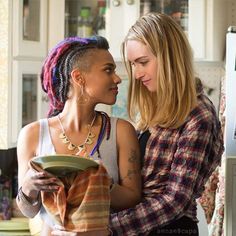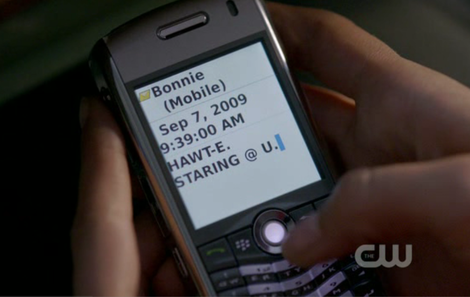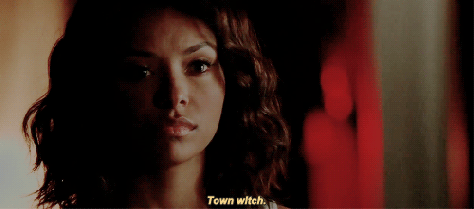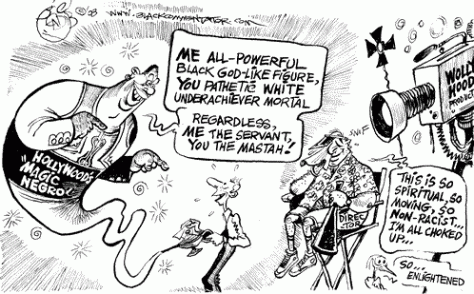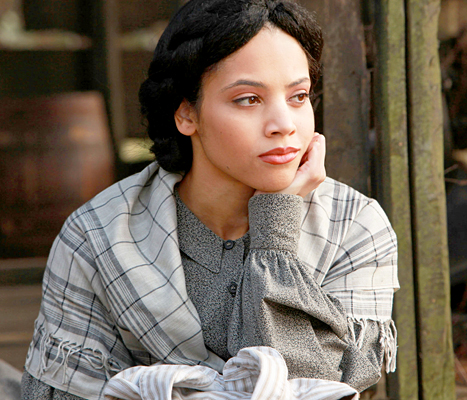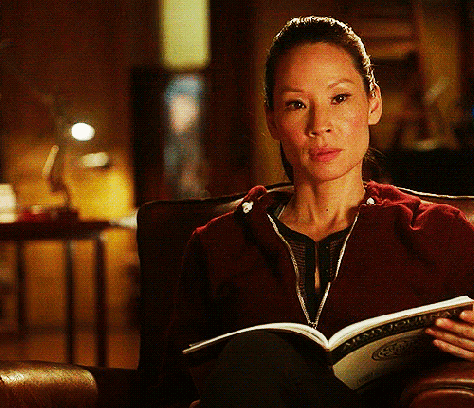“Hey girl! Whatcha doin?” is the playful and whimsical intro tune to New Girl, but it’s also what I find myself asking concernedly when I watch some of the episodes, particularly “Table 34” (Season 2, Episode 16). This episode’s plot is about Cece, a woman of Indian descent, who goes to an Indian marriage convention to meet an eligible bachelor. As a fan of the show, who is also a woman of South Asian descent, I was excited to finally see an episode revolving around Cece, one of the few Indian American female characters on TV. However, I was deeply disappointed in this episode, due to its problematic portrayal of women and Indians.

The episode’s first offense is against women as a whole. Jess and Cece, the two female characters in the show, are depicted as one-dimensional characters that care for nothing except the attention of men. This episode doesn’t even pass the Bechdel test, which is ironic considering that the show itself is called “New Girl”. Every single conversation that takes place between these two women is about men: either Cece’s dating life or Jess’s kiss with Nick.
As Laura Mulvey writes, “An active/passive heterosexual division of labor has similarly controlled narrative structure…The man controls the film fantasy and also emerges as the representative of power in a further sense: as the bearer of the look of the spectator, transferring it behind the screen to neutralize the extra-diegetic tendencies represented by woman as spectacle” (34). The characters of Cece and Jess fall prey to this exact division of labor, wholeheartedly. Cece and Jess are not the catalysts of this episode; they are passive, meek, and helpless.
Cece isn’t approached by many suitors and instead of standing up for herself, it takes Schmidt, a man, to tell the room full of men why she is worth the other men’s time. It not only removes agency from Cece but validates Schmidt’s apparent reverence, especially when the other men only engage with Cece after his speech. Similarly, Jess watches as Sam punches Nick, and as Sam breaks up with her. In the already reductive conflict concerning the kiss between Nick and Jess, Sam, a white male doctor, is the only one who really exercised autonomy. The passiveness that Jess exhibits perpetuates the dangerous idea that a woman should wait around for a man to act, instead of living and taking action for herself.
In addition to the active/passive division of labor, this episode also poses some serious problems with the overlapping ideas of male entitlement to and objectification of the female body and consent. The true episode plot (this will be further addressed later with respect to race) is about Nick kissing Jess in the previous episode, with no acknowledgment that this kiss was non-consensual. Yes, Nick and Jess are the show’s ‘will-they-won’t-they couple’, but to introduce that pair in a romantic setting for the first time and to force the audience to experience that catharsis while witnessing a non consensual kiss is extremely dangerous and normalizes the idea that a man can go around grabbing and kissing whomever he pleases. When Jess faults Nick for the kiss, he starts yelling and says, “You have to take a little responsibility, tarting around in that little soft pink robe, not expecting to get kissed. I’m a man Jessica!”
This quote exemplifies the exact male entitlement that is used to justify non-consensual acts, placing blame on the woman for the man’s objectification of her body, as if it is something for him to lay claim on if he so wishes. This falls in line with Mulvey’s assertion that “woman displayed as sexual object is the leitmotif of erotic spectacle…she holds the look, plays to and signifies male desire” (33). Because Nick’s line is delivered in a comedic way, as he waves his arms about, it lessens the gravity of the implication, but the message sent is that it is okay for a man to prey on a woman because she deserves it, by being in her female body. This normalization is what leads to this quote being listed under “Laugh-Out-Loud Quotes” in online Huffington Post episode recaps.
The show’s second offense is against Indians. As mentioned before, what the entire episode is really about is Nick and Jess, two of the white characters in the show. The one episode supposedly about Cece’s South Asian heritage is overrun by white people, littered with racist stereotypes, and full of negative depictions of Indians. Despite the majority of the episode taking place at an Indian marriage convention that Cece is attending, the show manages to make it about Nick and Jess. In fact, Cece has minimal screen time and minimal impactful lines. Her most powerful moment onscreen is arguably when she has an epiphany about her impulsiveness and life choices. However, her own self-reflection happens in parallel with and serves as a vehicle for Nick’s revelation about his kiss with Jess. This tiny semblance of character development and complexity in the one Indian main character is never addressed again and never resolved.
There are obvious stereotypes in the episode, from Schmidt donning a kurta and turban to telling Cece, “[Our sex] was about history and memory and thousands of years of colonial suffering all being released in one moment of pure ecstasy”. I have seen this episode four times now, and it shocks me every time. Ryan McMahon captures my thoughts when watching this episode when he writes about The Revenant:
“Is the truth…that it is time the world hear indigenous voices? If so, why were there so few speaking roles for indigenous people in The Revenant?…Will audiences believe that indigenous people shop at The Gap, drink Starbucks, and have really, really normal, boring lives that we’d like to talk about in a simple rom-com– without horses, eagle feathers in our hair, or dirt under our fingernails?”

Though Indians or Indian Americans don’t have quite the same history of decimation and genocide as indigenous peoples, the sentiment of representation being robbed from a minority echoes just the same.
Further than the obvious racism, though, is the dark skin stigma and negative depiction of Indian women. For an episode taking place at an Indian marriage convention, there is an impressive lack of Indian characters. When the episode isn’t focusing on white people, Indians are used as the backdrop, without any real roles. Just as Julien Gignac notes that The Revenant’s indigenous characters “have unexplained roles”, we don’t see many Indians with positive characteristics. The episode purports the stigma against dark skin when the only dark skin Indian woman with a presence is being shushed by Schmidt. He immediately dismisses this unnamed, dark-skinned bachelorette by saying “Oh, I’m so sorry, sweetie. Pass.” Not only is any possible depth to this character being literally silenced, but she doesn’t stand up for herself, perpetuating the white savior complex that Karen Hollinger discusses in Feminist Film Studies and Race:
“Spivak argues that colonialist powers justified their conquest and domination of the Third World by seeing colonized nations as ‘previously uninscribed’ and completely silencing subaltern peoples, especially women, who are regarded as subjects of oppression and nothing more” (193).
The only Indian depicted as desirable is Cece, who is a light-skinned Indian, which just sublimates gaze theory which emphasizes the white woman above all other women. Hollinger also writes “gaze theory posits a monolithic male perspective without any recognition that the power of this gaze in invested not in all men, but in White men, and that the object of this gaze is not all women, but White women” (194). While Cece is not white, her light skin, straightened hair, and European features serve as the vessel for the concept of the White woman.
While New Girl is a funny show, it has a lot of work to do in the areas of representation, consent, and sexism. The employment of the oppositional gaze reveals the show’s weaknesses but also highlights the weaknesses of the society that accepts these flaws as comedy.
References:
Gignac, Julien. “The Revenant’s White-Saviour Complex.” The Globe and Mail, 16 May 2018, http://www.theglobeandmail.com/arts/film/the-revenants-white-saviour-complex/article28320619/.
Hollinger, Karen. Feminist Film Studies and Race. Routledge, 2012.
McMahon, Ryan. “Indigenous People’s Stories Need More than Just Leonardo DiCaprio’s Speech.” Vice, VICE, 11 Jan. 2016, http://www.vice.com/en_us/article/kwx53z/indigenous-peoples-stories-need-more-than-just-leonardo-dicaprios-speech.
Mulvey, Laura. Visual Pleasure and Narrative Cinema. 1999.
“Table 34.” New Girl. Fox. 20th Century Fox Home Entertainment. 5 Feb. 2013. Television.
